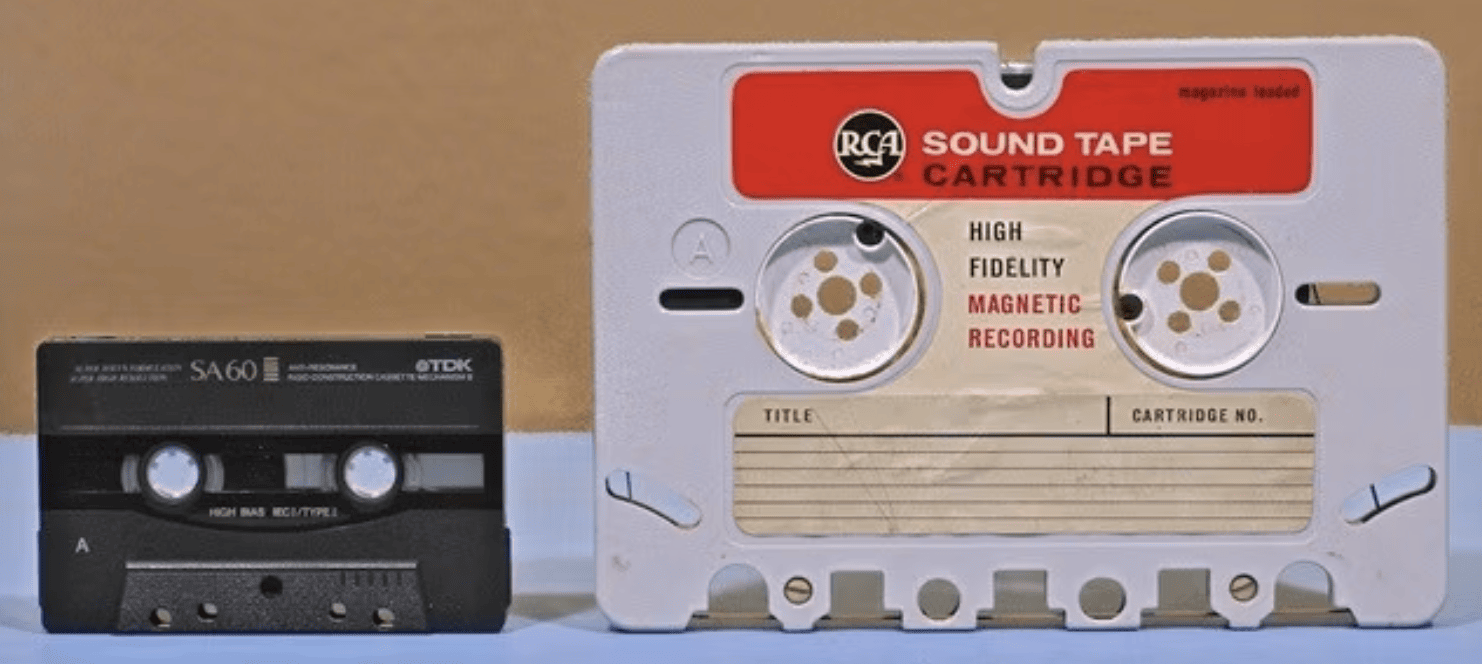Before Wi-Fi, the world was a very different place. People didn’t have access to tons of information at their fingertips. No internet forced people to go outside and socialize. If you wanted to make plans, you had to hope someone was hoping to pick up their phone on the landline. Some people refer to this time in the world as the “dark ages,” though there was likely nothing dark about it. At dinnertime in the 1980s and 1990s, no one checked their phone, and people were forced to talk about current events with each other. Imagine! Since no one knew what they were missing, they didn’t think about a world with Wi-Fi. Arguably, some would say it was a much better place. Though having the internet certainly makes a lot of things easier. These were the times you had to wait for your favorite song to play on the radio, carry change at all times, and use a map for directions.

If You Wanted A Song, You Had To Tape It Off The Radio
We can have any song in the world we want with the simple click of a button. Thanks to Wi-Fi, sound is at our fingertips. Want to listen to Mozart? Google his name and you’ll have all of his songs before your eyes. In the mood for some techno? Spotify has you covered! But before Wi-Fi, having access to these songs was a lot more difficult. You had to save money to buy copies of songs or wait for them to play on the radio and hope your tape recorder was easily accessible. In the ’60s, all Ford cars came with an 8-track player, and portable stereos gained popularity. Still, you had to have the tape with you at all times to play the song. And it wasn’t until the Walkman was invented that you could take this music with you out of the house and the car and into the street (Make Use Of).
